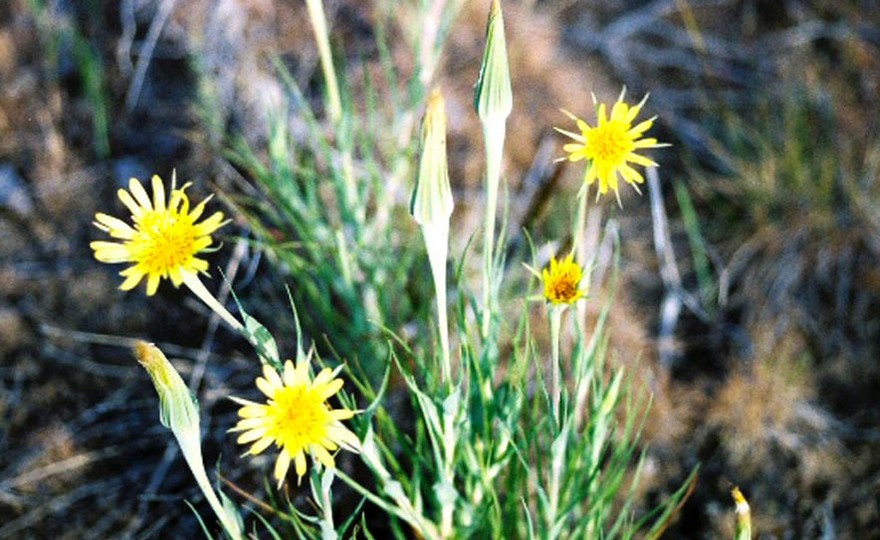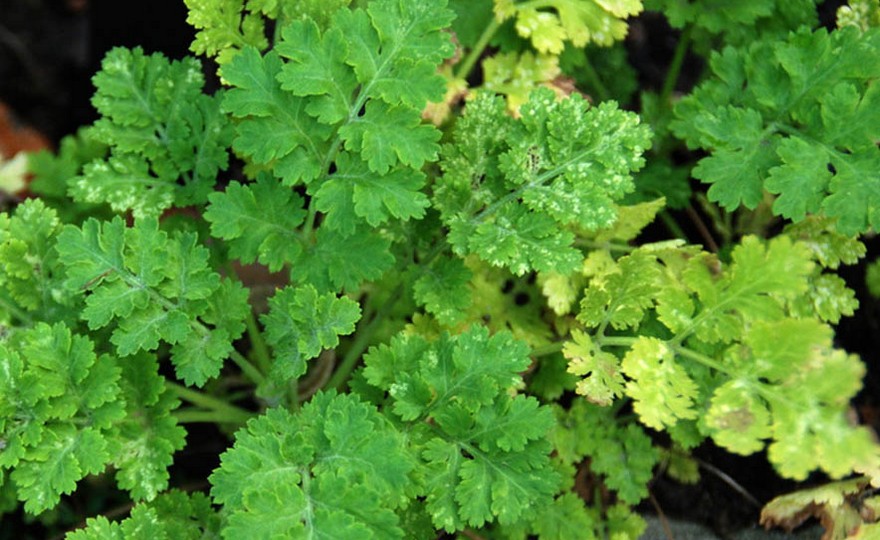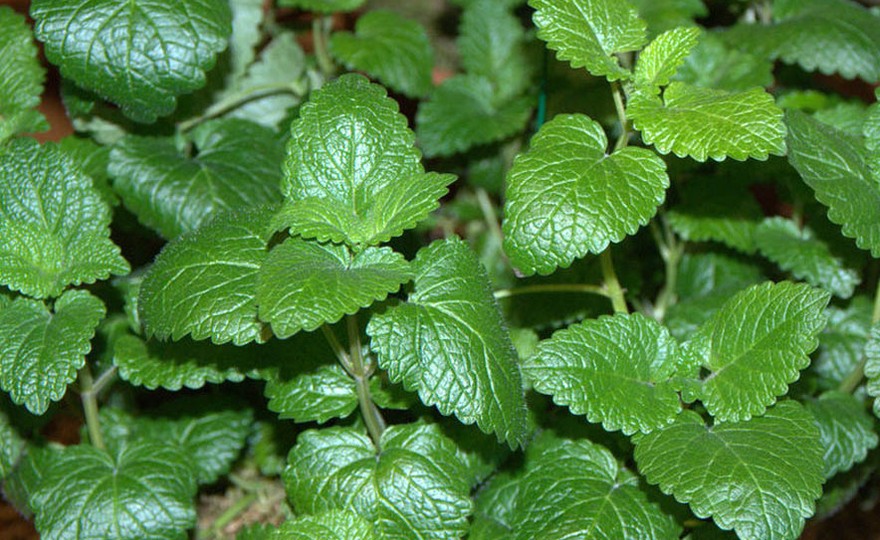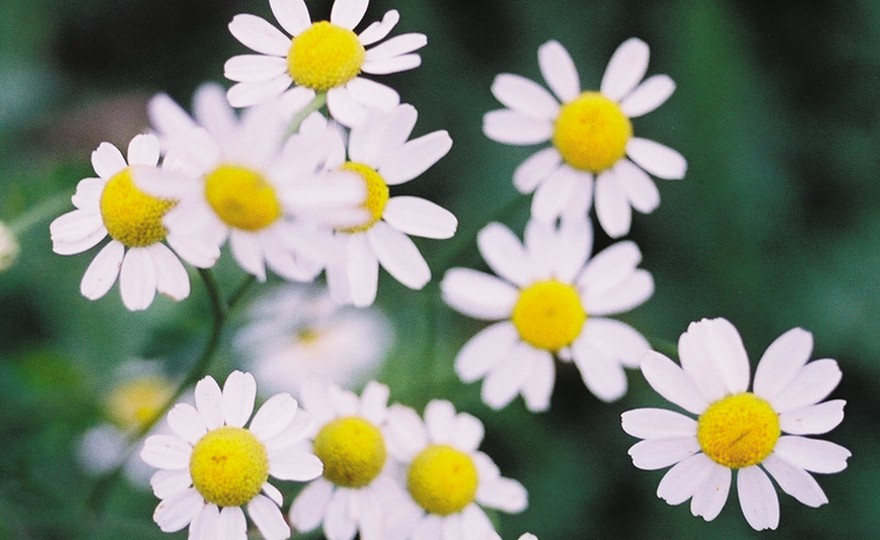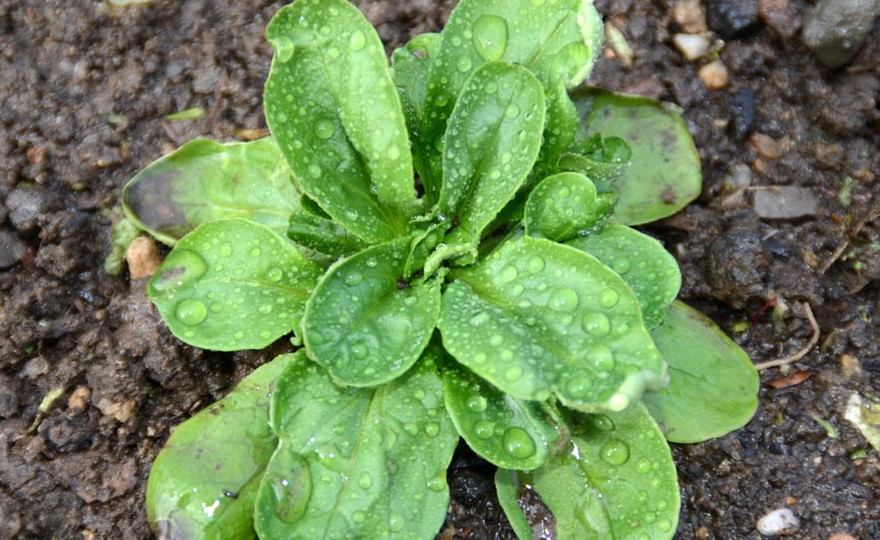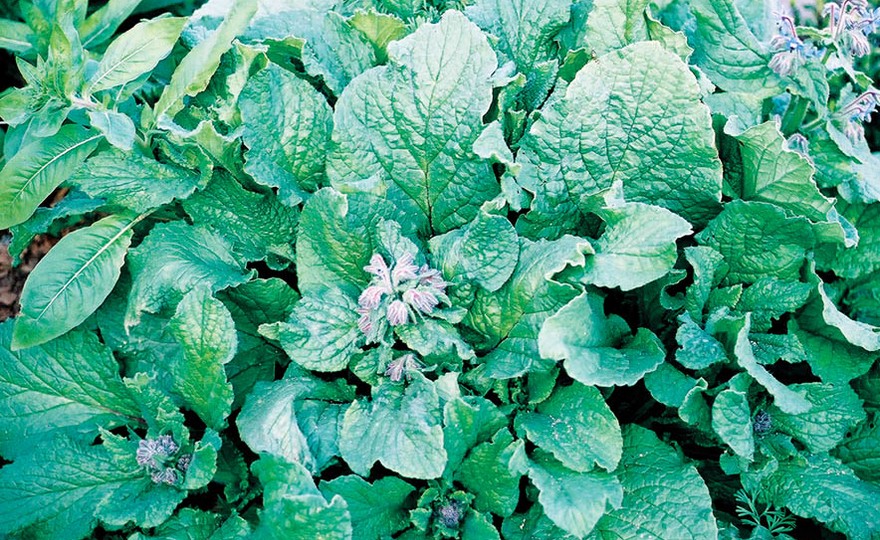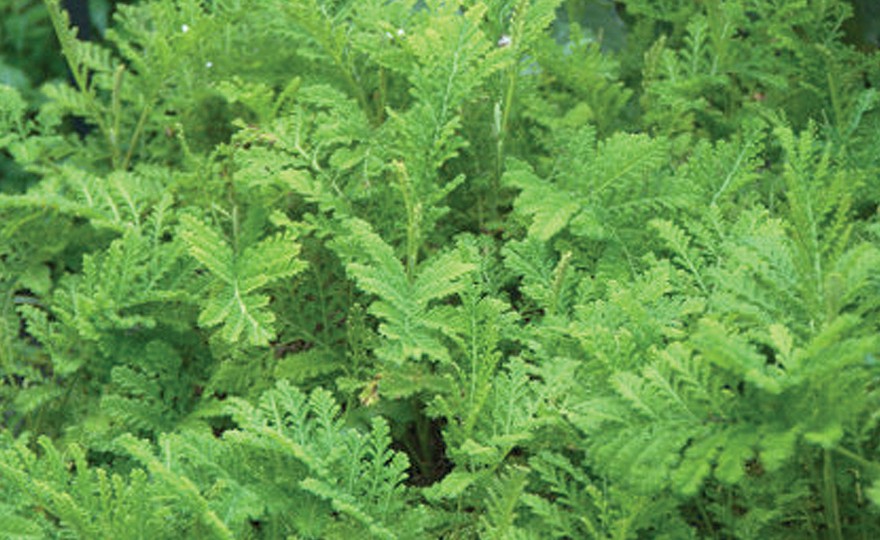
Herb, St. John’s Wort
-
- **SOLD OUT** HOLIDAY GIFTS **SOLD OUT**
- **SOLD OUT** Holiday Books **SOLD OUT**
- **SOLD OUT** Holiday Citrus **SOLD OUT**
- **SOLD OUT** Holiday Gift Certificates **SOLD OUT**
- **SOLD OUT** Holiday Paperwhites **SOLD OUT**
- **SOLD OUT** Holiday Praying Mantis Kits **SOLD OUT**
- **SOLD OUT** Holiday Tools **SOLD OUT**
- **SOLD OUT** Holiday Wildflower Mixtures **SOLD OUT**
- Citrus Trees
- **SOLD OUT** - Vegetable and Herb Plants - Mix & Match any 6 Plants for $50 - Only Shipped in Quantities of 6
- Elephant Ear Plants & Roots
- **SOLD OUT** 4-Inch Pot Herb Plants **SOLD OUT**
- Rare Plants
- **SOLD OUT** Vining Plants **SOLD OUT**
- Asian Seeds
- Beneficial Bugs
- Books
- Citrus Fertilizers
- Cold-Treated Bulbs - SEE BULBS FOR FALL PLANTING TO ORDER
- Cold-Treated Allium
- Cold-Treated Chionodoxa
- Cold-Treated Crocus
- Cold-Treated Hyacinthoides
- Cold-Treated Hyacinthus Orientalis
- Cold-Treated Narcissus
- Cold-Treated Cyclamineus Narcissus
- Cold-Treated Double Heirloom Narcissus
- Cold-Treated Jonquilla Narcissus
- Cold-Treated Large Cupped Narcissus
- Cold-Treated Poeticus Narcissus
- Cold-Treated Small Cupped Narcissus
- Cold-Treated Species Miniature Narcissus
- Cold-Treated Split Cupped Narcissus
- Cold-Treated Tazetta Narcissus
- Cold-Treated Triandus Narcissus
- Cold-Treated Trumpet Daffodils
- Cold-Treated Ornithogalum
- Cold-Treated Rock Garden Iris
- Cold-Treated Scilla
- Cold-Treated Tulips
- Cold-Treated Emperor Tulips
- Cold-Treated Fringed Tulips
- Cold-Treated Green or Viridiflora Tulips
- Cold-Treated Lily Flowering Tulips
- Cold-Treated Parrot Tulips
- Cold-Treated Peony Flowering Tulips
- Cold-Treated Single Early Tulips
- Cold-Treated Single Late Tulips
- Cold-Treated Species Tulips
- Cold-Treated Triumph Tulips
- Flower Bulbs, Corms and Tubers
- Bulbs for Spring Planting
- Bulbs for Fall Planting - ALL BULBS AVAILABLE ARE COLD TREATED FOR PLANTING AS SOON AS SOIL CAN BE WORKED
- Fall Blooming Bulbs
- Garden Tools & Equipment
- Gift Certificates
- HHH Exclusive Wildflower Mixtures
- Wildflower Mixtures
- Heirloom Garlic
- Potatoes
- Roots & Sets
- Seeds
- Flowers
- Herbs
- Vegetables
- **SOLD OUT** HOLIDAY GIFTS **SOLD OUT**
-
- No products to compare
-
Quick Overview
HERB, Saint John’s Wort –
Hypericum perforatum
FULL SUN Native to Europe, Saint John’s Wort has been cultivated for centuries for its anti-depressant, antibacterial and astringent properties. The plant was brought to the US in the 1700s. The 2 ft. plants have no culinary value. Plant as soon as the ground can be worked in the spring and the danger of frost has passed. Rows should be 30 in. apart. When seedlings are 2 in. high, thin, leaving 18 in. between plants.
| Type | Spacing | Planting Depth | Days to Germination | Maturity |
| Perennial | 18 in. | 1/2 in. | 14-21 | 90 |

Herb, St. John's Wort
Saint John’s Wort is an ancient herb, cultivated for thousands of years or collected in the wild by Asian, African, European and native American cultures. The name refers to St. John the Baptist because the plant is said to begin blooming onhis birthday, June 24th, to “bleed” red oil from its leaf glands in August on the day he was beheaded, August 29th, and to be most potent when harvested on St. John’s Day, June 24th. The term ‘wort’ means plant.
This herb’s demonstrative properties have fascinated mankind since before recorded history. When the petals of the flowers or the leaves are crushed, they secrete a red liquid appearing to ‘bleed’, thus early medicinal applications for the herb were as a wound dressing. Native Americans used a North American native species of Saint John’s Wort to ease stomach ailments.
Today, the real medicinal properties of the herb are well documented. As a powdered extract made from the leaves and roots, it can be used to treat mild depression. As an oil extracted from the flowers it can be used to ease burns and ulcers. It also can be dangerous, especially to grazing animals. The oil in the flowers and leaves contains a photosensitizing agent which can be deadly to pale pigmented sheep and goats.

